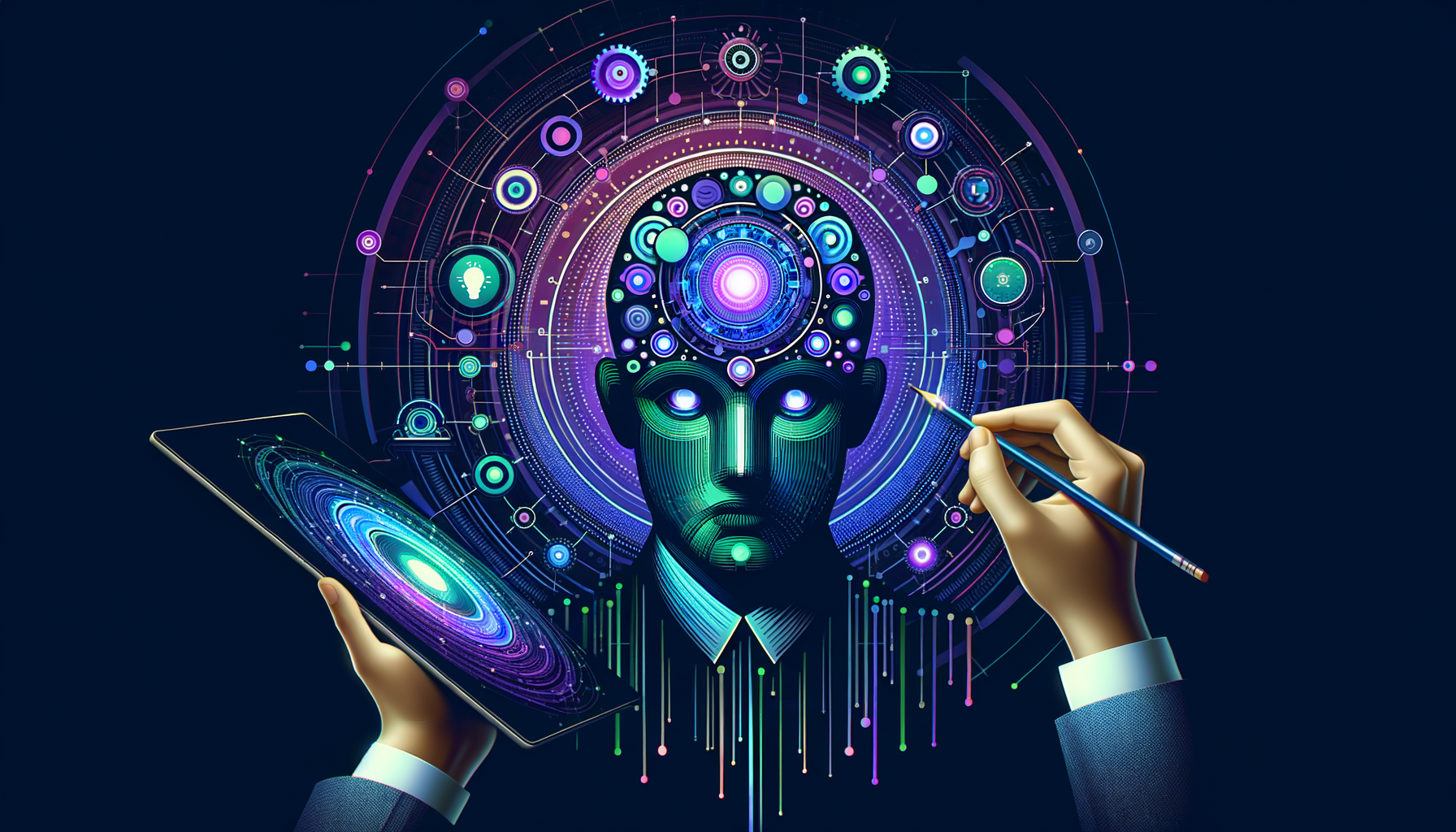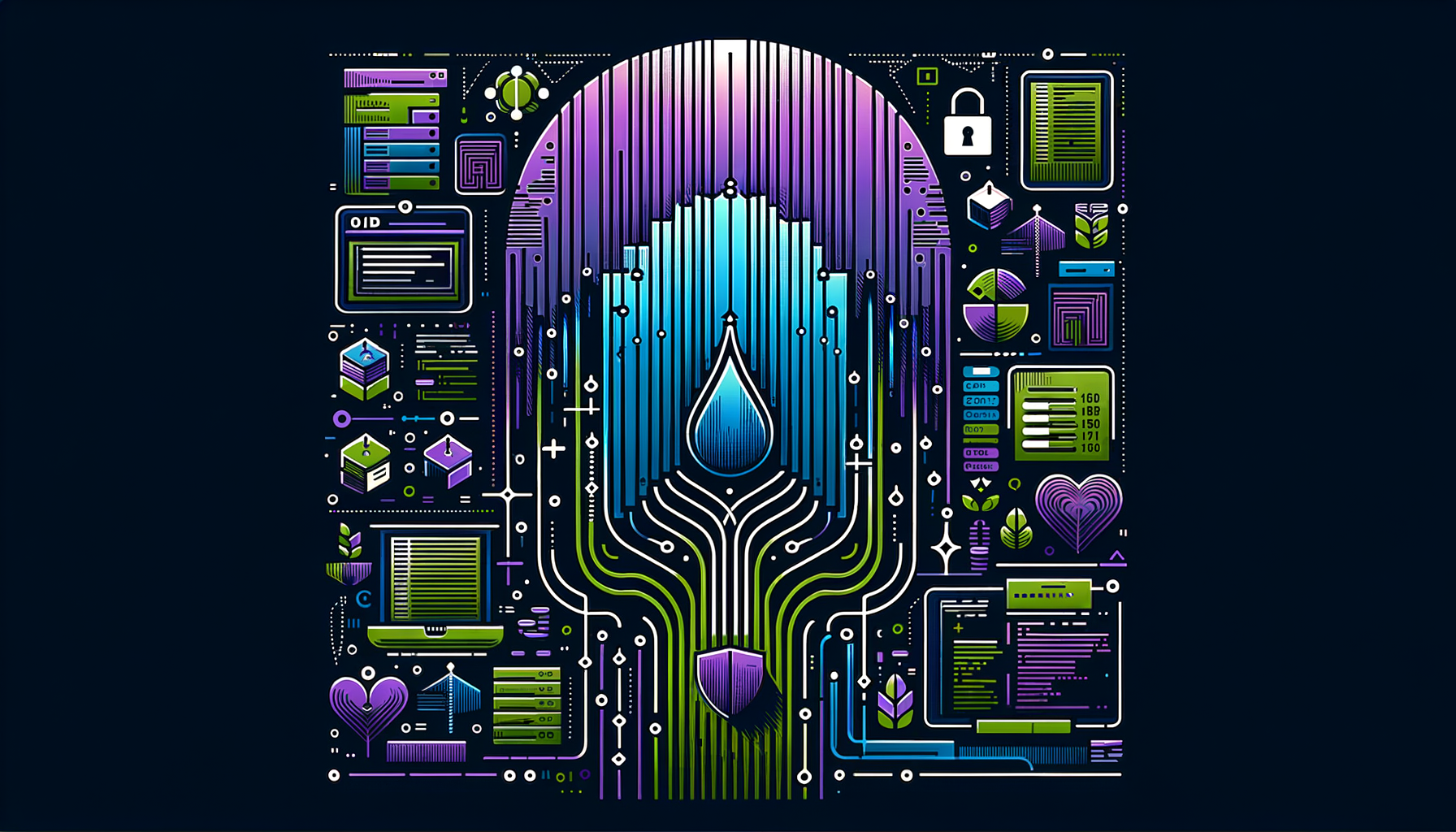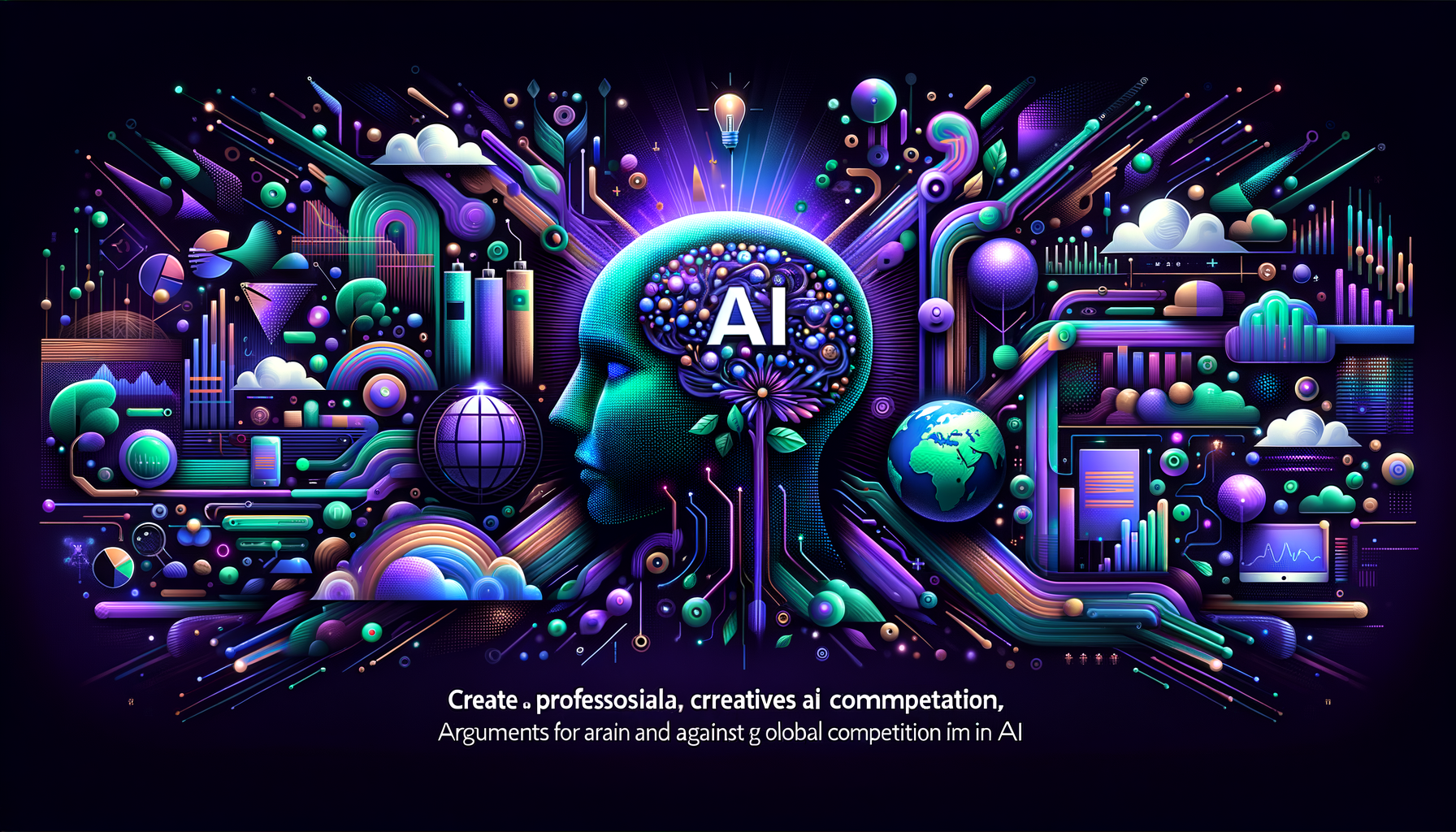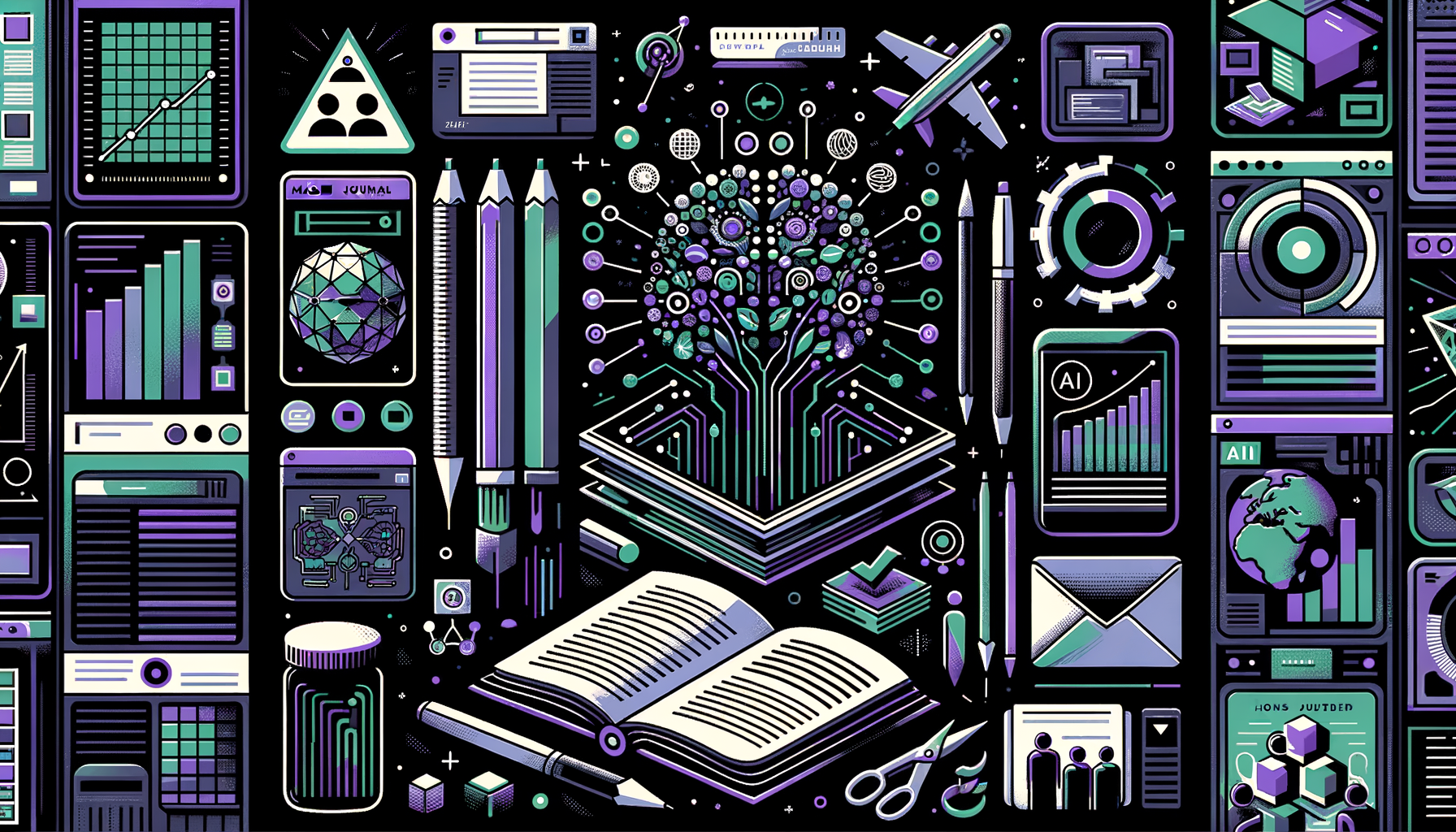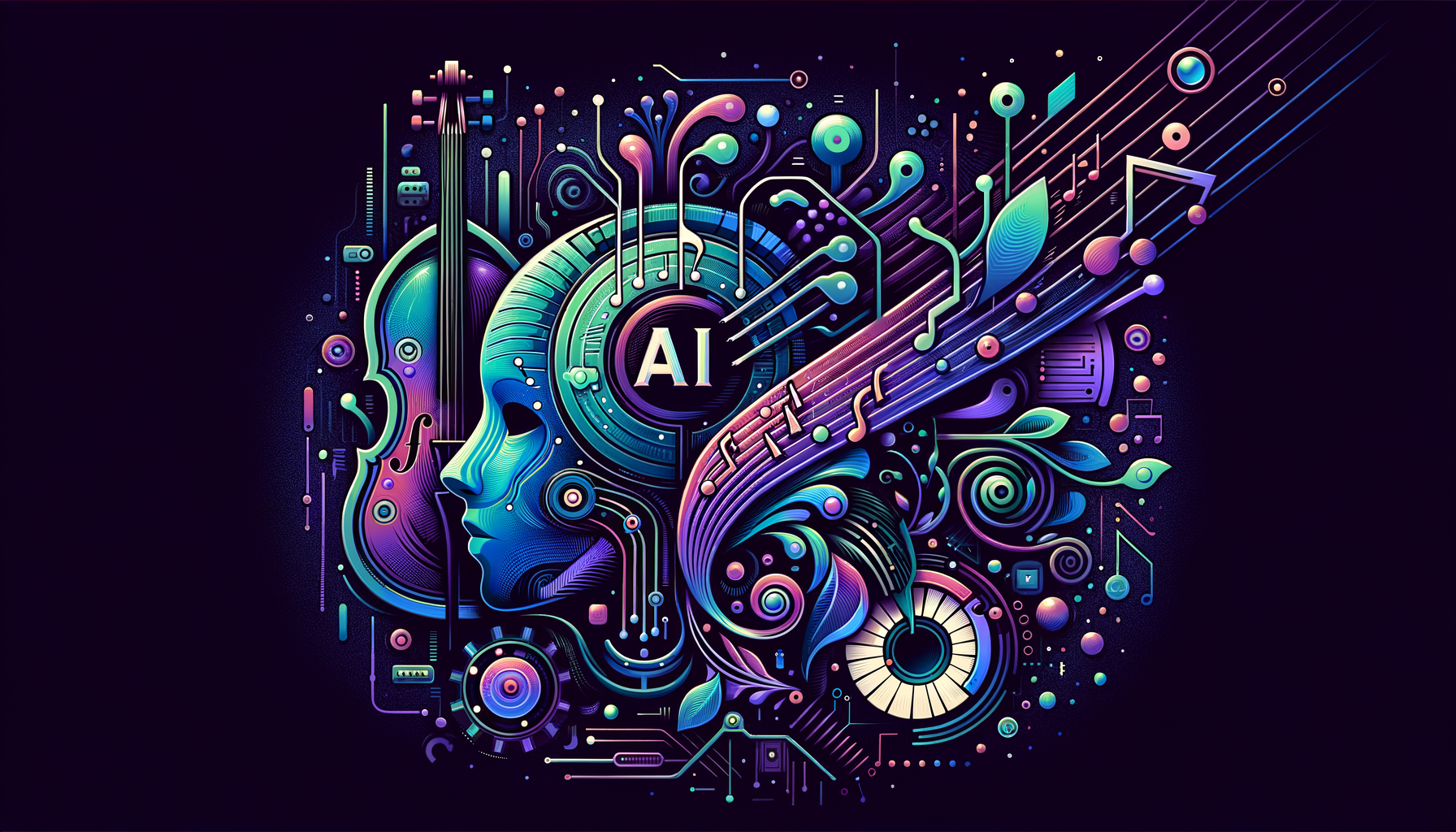Ensuring AI Safety: Insights from OpenAI’s Ilya Sutskever
Introduction
The advent of Artificial Intelligence (AI) brings forth a new set of challenges, especially relating to cybersecurity. One of the leading industry figures, Ilya Sutskever, the co-founder and former director of OpenAI, has been particularly vocal about the importance of prioritizing safety in AI development. A recent article published on Wired delves into some of his perspectives on AI and safety measures. This article will analyze Ilya Sutskever’s opinions and align them within the context of our AI and cybersecurity services at HodeiTek.
A Snapshot of AI Safety Concerns
Before delving into Sutskever’s standpoints, it’s crucial to understand the scope of safety concerns regarding AI. These concerns primarily revolve around the unpredicted and unintended consequences that may result from wide autonomous AI deployment. Such risks can range from programmed bias, privacy breaches to the advent of autonomous weapons, among other things. In the EU, AI regulatory measures such as the Artificial Intelligence Act aim to mitigate these concerns. Similarly, in the U.S, the National Artificial Intelligence Initiative Act seeks to provide a regulatory framework for AI development and deployment.
Ilya Sutskever on AI Safety
The Visionary Behind OpenAI
Ilya Sutskever, widely recognized for his instrumental role at OpenAI, has advocated for increased diligence towards AI safety. Establishing OpenAI as a non-profit venture, Sutskever’s primary vision was to ensure that artificial general intelligence (AGI) benefits all of humanity. This ethos inherently involved making safety a high priority.
Safety First Philosophy
In the interview with Wired, Sutskever stresses on AI’s potential to advance society, but he posits that this should not overshadow the need for safety. He essentially urges the AI community to be less fixated on drawing first-blood and more concentrated on practicing caution and concern for long-term consequences. Such a philosophy directly aligns with HodeiTek’s approach towards AI and cybersecurity, where we believe in leveraging technology’s benefits without compromising on safety.
OpenAI’s Experimental Safety Measures
Under Sutskever’s guidance, OpenAI had conducted numerous experiments to test potential safety measures. For instance, they had AI systems verify AI-generated code before deploying it—an approach that may become the norm in the future. These measures demonstrate a commitment to protecting society from potential AI risks while still pushing the boundaries of innovation.
AI Safety from a HodeiTek Perspective
Aligning with OpenAI’s safety measures
At HodeiTek, we share a similar vision with Sutskever and OpenAI regarding AI safety. Our array of cybersecurity services are designed to provide robust security solutions for our clients across Spain, the European Union, and the United States. Understanding the potential risks posed by AI technologies, we bind safety within every strand of our AI-based services.
AI Safety in Action: An Example
For instance, our AI-assisted threat detection service subsequently integrates AI technology with human expert analysis, offering an excellent balance between rapid technological response and critical human insight. This kind of controlled approach reduces the risk of any adversarial exploitation of AI technology and ensures safety while benefiting from AI’s capabilities.
Conclusion
As technology progresses at an unprecedented pace, the focus on cybersecurity, particularly AI safety, has never been more critical. Influential figures like Ilya Sutskever and organizations like OpenAI help guide the conversation and strategies towards safer AI integration.
In aligning with these safety measures, HodeiTek is committing itself to prioritize safety in AI applications while leveraging the benefits it brings to cybersecurity. This balanced approach between innovation and caution, we believe, is the best way forward in our ever-evolving tech landscape.
